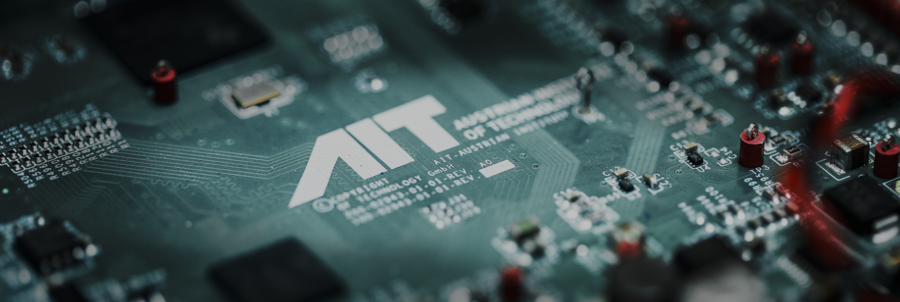
Photo (Eyevine/picturedesk.com): The SpaceX Dragon Supply Ship with AIT Pulse Wave Analysis on board approaches the International Space Station.
Technology from AIT and I.E.M. (Stolberg, Germany) on the International Space Station (ISS) since 4th April. On 2nd April, a Mobil-O-Graph® from I.E.M. with the AIT ARCSolver® algorithm for determining arterial stiffness started to the ISS. The transport was commissioned by the Canadian Space Agency and carried out by the 14th commercial resupply mission by Space X to the crew of the ISS expeditions 54 and 55. The measurements are planned to start 17th May.
Our cardiovascular system has adapted in the course of evolution to the conditions on Earth. The heart pumps blood through the arteries, supplying oxygen to the cells throughout the body. Due to the changed gravitational forces in space, this system is disturbed, since in weightlessness a redistribution of blood and tissue fluids occurs. In addition to immediate effects, there are also long-term changes in the cardiovascular system, which can be attributed to the adaptation of the body to the changed environmental conditions.
To deepen the understanding of the effects of microgravity on the cardiovascular system, the Canadian Space Agency is using the arterial pulse wave analysis methodology as part of its vascular aging project. The pulse wave analysis algorithm was developed by the AIT Austrian Institute of Technology (Vienna / Wiener Neustadt, Austria) and is currently integrated in the 24-hour blood pressure monitor Mobil-O-Graph® (I.E.M., Stolberg, Germany). This system has been validated in multiple studies and was selected by the Canadian Space Agency for its precision and ease of use.
Previous studies by Canadian space physicians have found evidence that the arterial system ages 10 to 20 years during a six-month space visit. This will now be examined more closely with the help of the Mobil-O-Graph®. The oscillometric pulse wave analysis allows the evaluation of the arterial stiffness as well as the pulse wave reflections in the vascular system. Due to the noninvasive measurement method, similar to a conventional blood pressure measurement with upper arm cuff, such a measurement can be done quickly and independently by the nine astronauts planned to carry out the project. Measurements before, during and after the space stay give a temporal course of the measured quantities. Thereby, the effects of weightlessness and the degree of remission after the return to Earth can be determined.
While the AIT algorithms for pulse wave analysis have already found their way into clinical research and practice worldwide, they will now also make an important contribution to the understanding of the human cardiovascular system in the field of space physiology. The deduced knowledge is also of great importance for the planned flights to Mars in the near future. Moreover, the findings will be incorporated into the further development of the technology thus benefitting patients on Earth.
Further details about the scientific experiments can be found at the Canadian Space Agency project website: http://www.asc-csa.gc.ca/eng/sciences/vascular.asp



